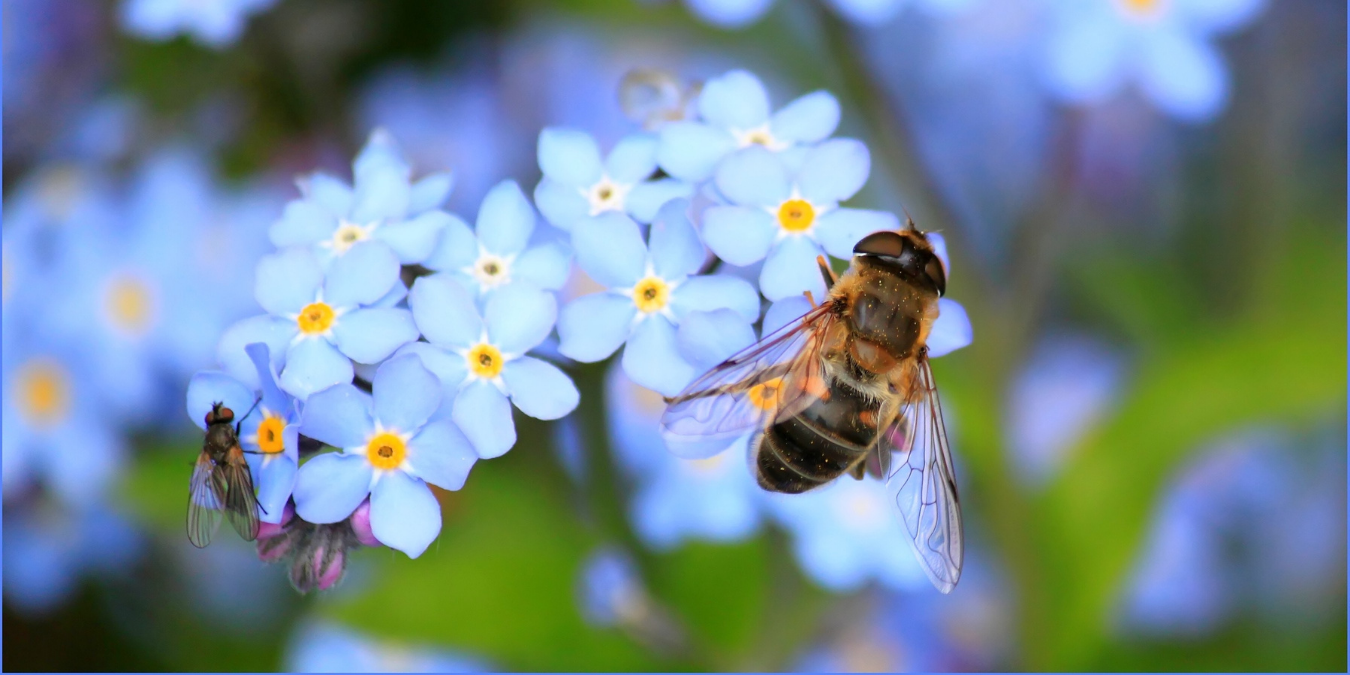5 Tips for Indoor Plant Care During the Winter

Whether you’re bringing your grow indoors or you already keep plants inside year-round, the rules change when winter rolls in. Winter may bring fluctuating temperatures, dryer air, shorter days, and less sunlight, so it’s critical to adjust your care to match your plants’ needs and ensure the best health possible!
Here are our top 5 ways to keep indoor plants healthy when the weather is frightful:
Water Less
Less water is needed in the winter to keep plants hydrated because they grow much slower during this time. Be careful not to water as much as during the warmer months because this can lead to root rot. Unsure whether your plant needs some hydration? Do a soil check by sticking your finger in the grow media up to your knuckle. If the soil is still damp, your plants aren’t thirsty yet!
Regulate Temperature
Indoor plants survive best in the same temperatures humans like: between 65 and 75 degrees Fahrenheit in the day and above 50 degrees or so at night. To make sure your plants don’t experience extreme fluctuations in temperature throughout the day, make sure to keep them out of areas where this can happen, such as poorly sealed doors or windows or near radiators or air vents.
Monitor Humidity
Humidity drops to 10 – 20 percent in heated houses during the colder months, while most plants prefer a humidity level close to 50 percent. If necessary, check your humidity with a store-bought gauge, and consider adding a humidifier or misting your plants regularly to keep them happy!
Consider Location
There is generally less direct sunlight indoors. For seasoned plants who’ve been-there-done-that, this may not be an issue. But if you’ve brought some of your outdoor babies inside, be sure to check where the sun is in relation to your plants and try to place them where they’ll receive the most exposure throughout the day. Since plants grow towards the sun, you might end up with dramatic leaners. It’s a good idea to rotate the pots when watering so your plants receive sun on all sides and keep growing in a (relatively) even manner.
Stop Fertilizing
Since the plants have slowed down their growing cycle by the time winter rolls around, they don’t need any fertilizer to stay happy. In fact, adding nutrients can mess with their natural growth and even burn your poor babies! Cut back on fertilizer until early spring to be sure they don’t feel overfed and overwhelmed.
Bring Your Grow Indoors
An indoor environment is already drastically different from the outdoors, but if you’re bringing plants inside in the winter months, you’ll want to take steps to make sure your plants grow and thrive. We hope you find these tips helpful when supporting your indoor plants!
Check out our blog for more tips and tricks!






